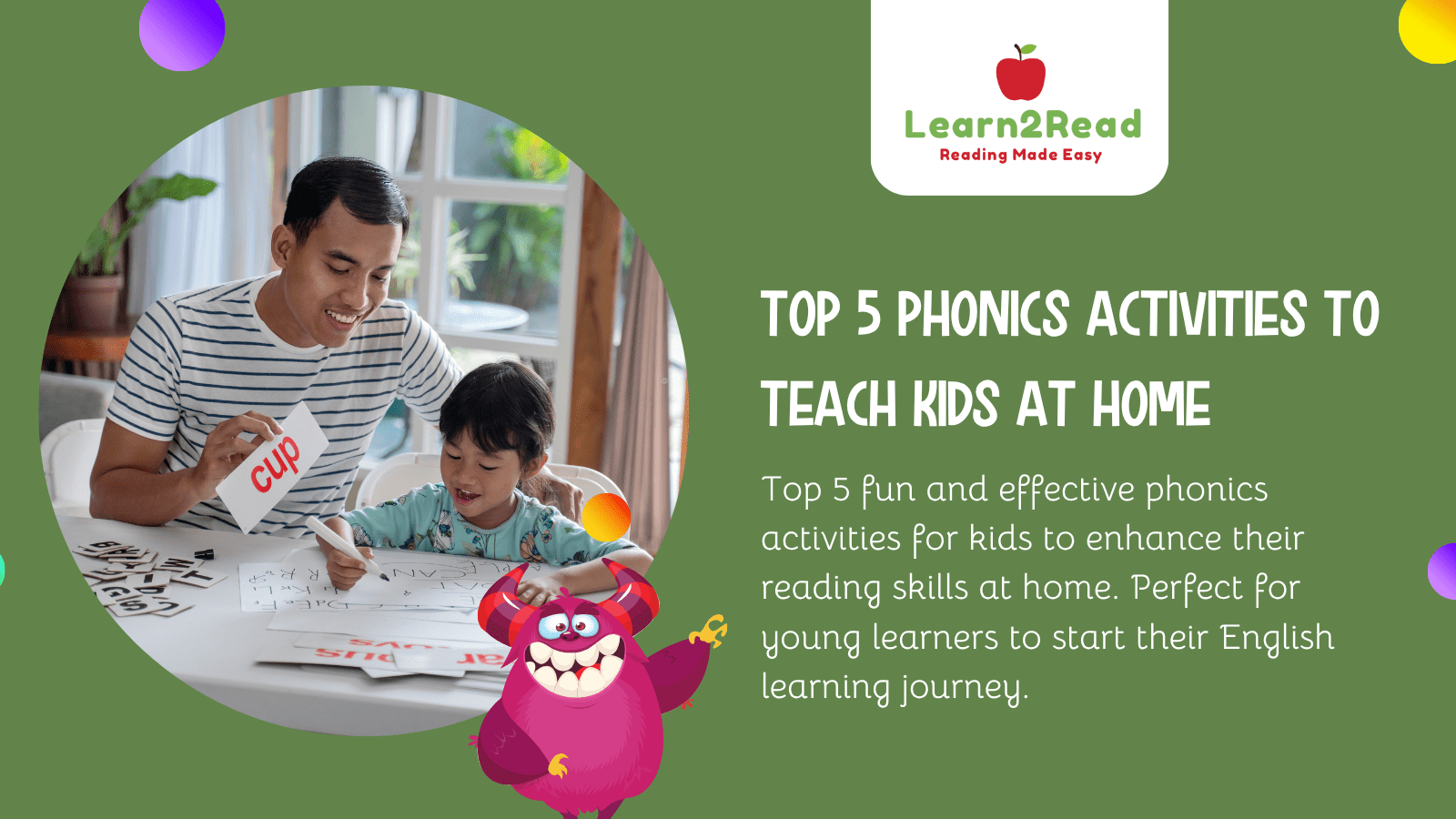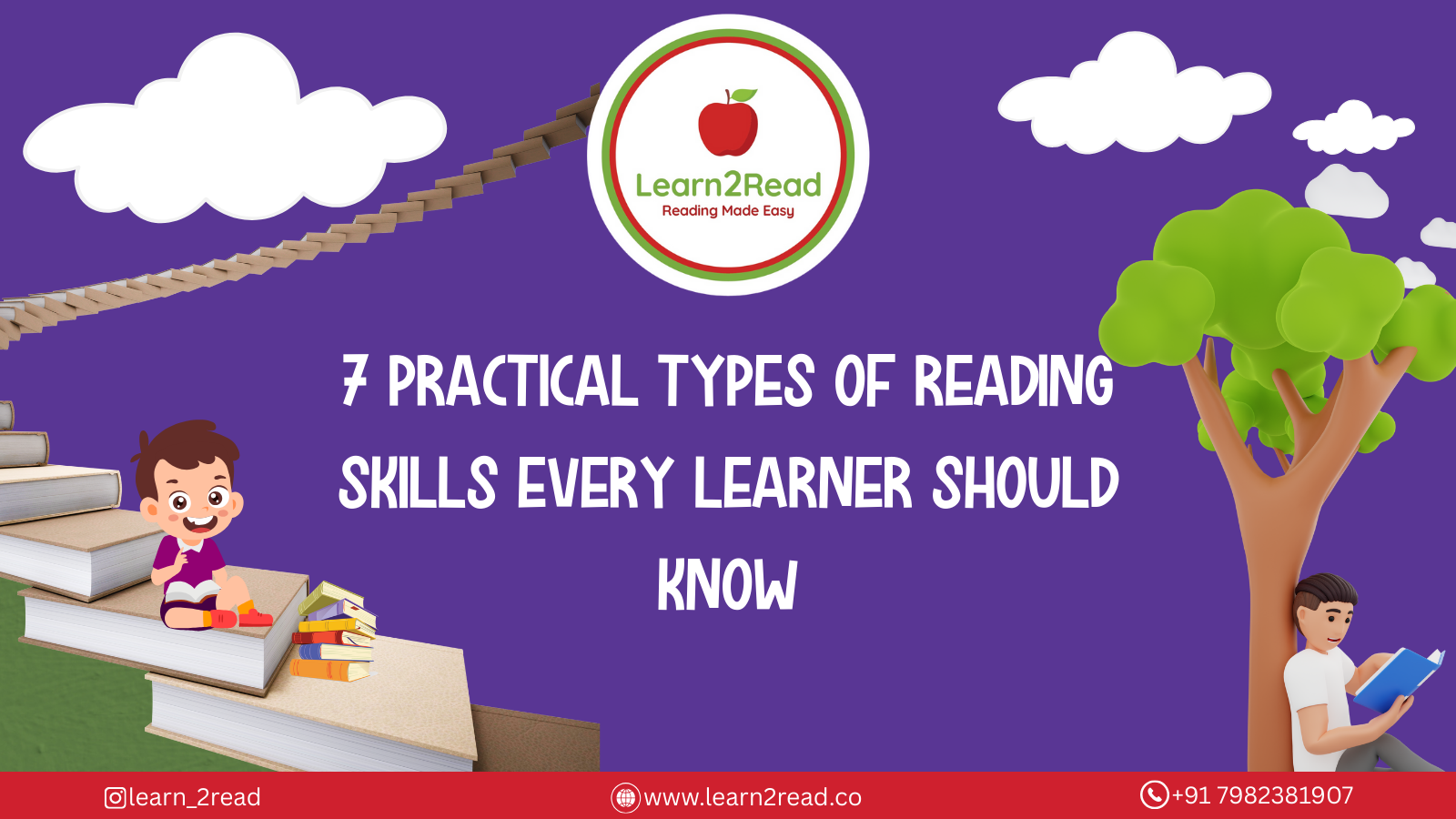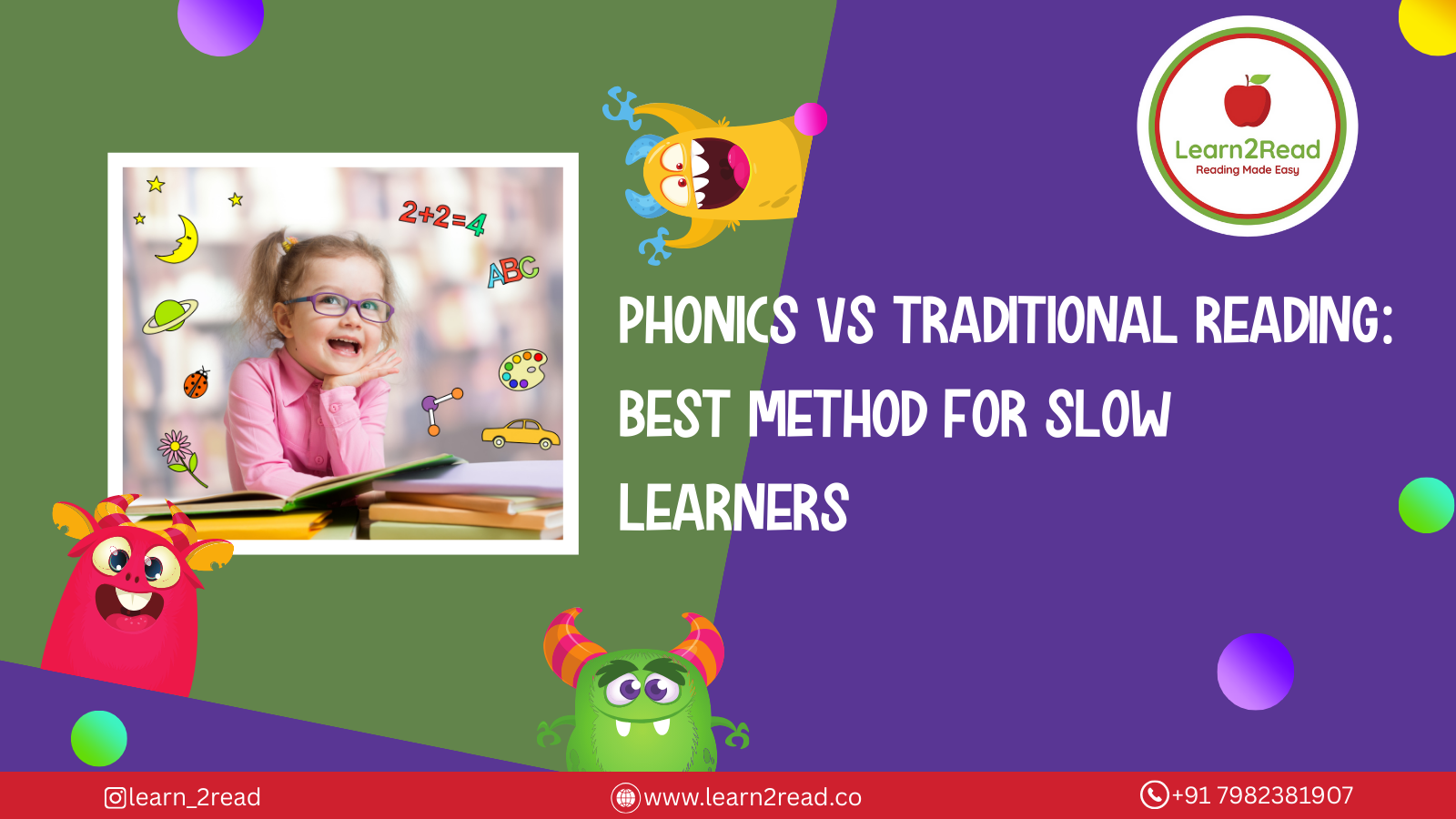19 September 2025
How to Teach Kids to Speak Fluent English at Home | Learn2Read

How to Teach Kids to Speak Fluent English at Home | Learn2Read
posted on : 25 July 2025
Why Teaching Spoken English at Home Matters
English fluency in early childhood isn’t just about language, it’s about helping children express themselves, understand the world, and build confidence very early in life. While many parents look for boring methods, a large part of how to teach kids to speak fluent English at home comes down to small, consistent efforts at home.
Children learn language best in environments where they feel comfortable, heard, and encouraged. Whether your child is just starting or already familiar with the basics, you can create a space where spoken English grows naturally in a fun space.
Build the Right Foundation Early
A study published in Frontiers in Psychology highlights that environments, characterized by responsive and reciprocal communication, not only bolster vocabulary growth but also improve overall cognitive development.
Listen Before You Speak
Language learning always begins with listening, as any child learns before they start to speak. Children first absorb the sounds, rhythm, and structure of English long before they start speaking. That’s why it's important to expose them to spoken English in enjoyable ways:
- Bedtime stories read aloud
- Nursery rhymes and action songs
- Kid-friendly shows in English
These audio-rich experiences help your child connect words with actions, tone, and expression. Over time, these patterns become the building blocks of fluent speech.
Introduce English in Daily Life
Turn regular routines into language-learning moments. Instead of switching between languages, try using English for simple, repetitive instructions:
- “Wash your hands”
- “Put your toys away”
- “Let’s go outside”
This approach reinforces vocabulary through context and repetition. When used consistently, your child will begin to associate words with meaning, making spoken English part of their daily reality.
Make Speaking English Fun and Interactive
Gamify the Learning Process
Kids learn best when they’re having fun. Turn speaking English into a game by using:
- “Simon Says” in English
- Flashcard races
- Pretend to play (shopkeeper, doctor, etc.)
Games make speaking less intimidating and more spontaneous. The more relaxed a child feels, the more confident they’ll become in using new words and phrases.
Encourage Storytelling
Storytelling is a powerful tool to develop fluency. Encourage your child to:
- Retell stories from their day
- Make up short imaginative stories
- Describe pictures or events in English
This not only improves vocabulary and grammar but also teaches them how to structure their thoughts in English.
Practice Without Pressure
Repetition with a Twist
Repetition is key, but it shouldn’t be boring. Repeat basic sentence structures with small changes:
- “This is a red apple.” → “This is a green ball.”
- “I see a cat.” → “I see a big cat.”
This technique helps your child understand sentence patterns while learning new vocabulary. Keep it conversational and interactive to maintain interest.
Your Role in the Learning Journey
Encourage, Don’t Correct Harshly
One of the most common concerns parents have is whether they should correct their child’s English. The best approach? Be supportive, not strict. Instead of pointing out errors directly, model the correct form:
- Child: “He goes to school.”
- You: “Yes, he goes to school.”
This gentle reinforcement helps kids learn without fear of being wrong.
Use the Right Learning Tools
Sometimes, a little structure goes a long way. Phonics-based programs like Learn2Read complement your home efforts by offering step-by-step instruction in reading and speaking, designed especially for young children.
Monitor Progress and Celebrate Small Wins
Set Simple Goals
Don’t aim for perfection right away. Instead, focus on achievable weekly goals like:
- Learning 5 new words
- Using 3 complete sentences in a day
- Retelling a short story in English
Final Thoughts
If you’re asking yourself how to teach kids to speak fluent English at home, remember it’s less about textbooks and more about the everyday moments. One of the most effective ways is to converse daily with your child in English as much as possible and always letting them know that you are proud of the progress they have made over the time.
Fluency develops through stories, games, songs, conversations, and most importantly, your encouragement.
With consistent practice and the right support, your child will gradually begin to speak English fluently and confidently.
Platforms like Learn2Read can add an extra boost to your efforts. Their Public Speaking & Spoken English courses are designed to make learning English simple, effective, and playful right from your living room.
Latest Posts


19 September 2025
Types of Reading Skills and How to Develop Them in Kids

19 September 2025
Phonics vs Traditional Reading: What Actually Works for Early Learners?

19 September 2025



